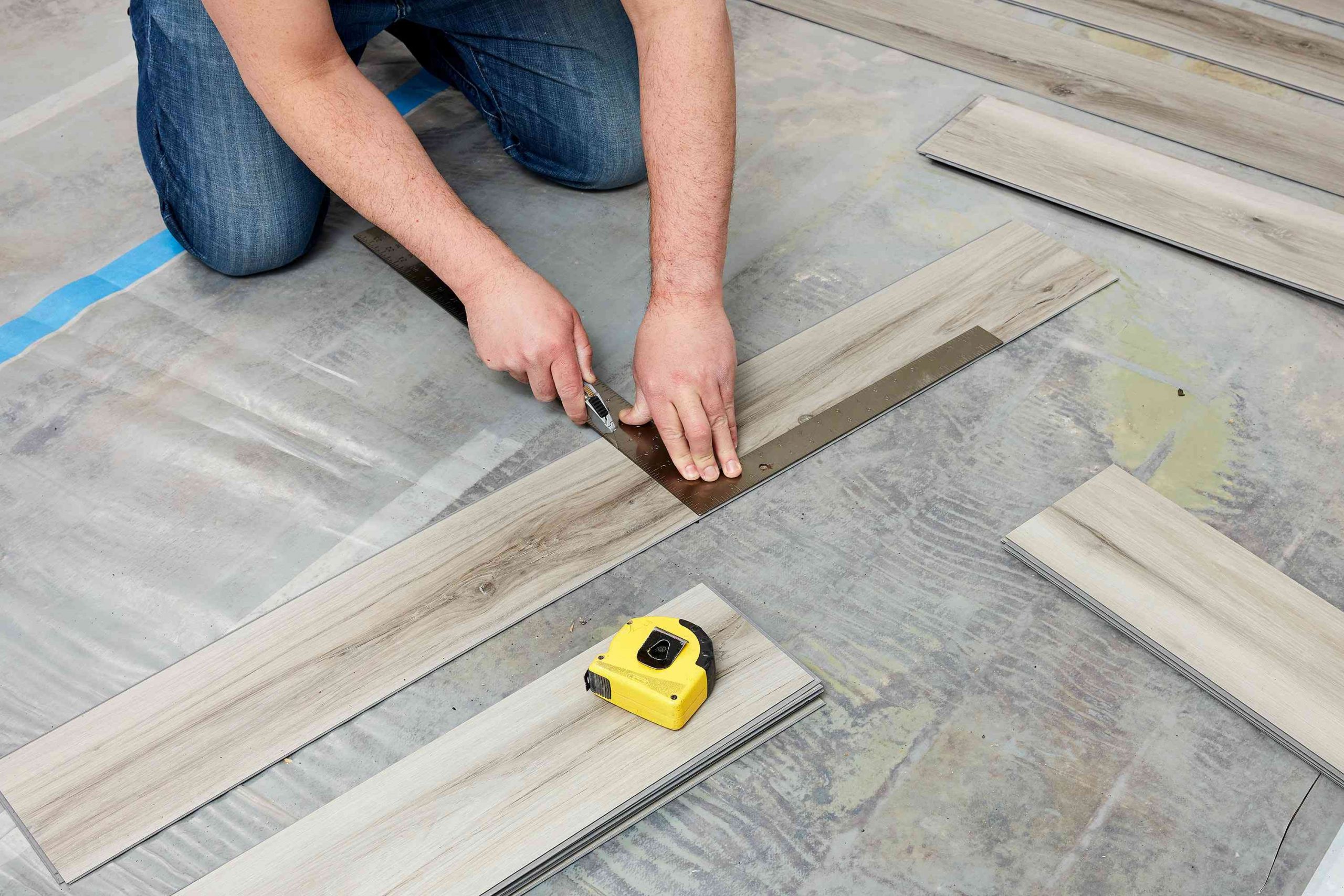
You’ve probably wondered how to cut click lock vinyl flooring. There are several different methods that you can use, including the jigsaw and table saw. We’ll also discuss the acoustical properties of this type of flooring. Read on to learn more! Getting started: First, you’ll need to measure the space to be cut. Then, flip the flooring to the opposite side and use your knee to leverage the floor. Next, set the jigsaw blade with the teeth facing away from you and begin cutting.
Score-and-snap method
Installing click lock vinyl flooring is similar to installing a laminate floor. The tiles can be cut with a utility knife, removing the need for a saw. The floor should be stored in a temperature range of 65-85 degrees F for 48 hours before installation. If you plan to install the flooring on a hard surface, you need to remove any base mouldings and undercut doorways to the thickness of the vinyl flooring. You cannot install cabinets on vinyl flooring.
To use the score-and-snap method to remove click lock vinyl flooring, you’ll need a utility knife, sometimes called a box cutter. First, use the knife to score the vinyl plank flooring. Once the tile has been scored, you’ll need to bend the offcut piece up to snap it along the scoreline. The technique requires care and precision, though, because poor cuts result in unclean breaks. It’s also best to use a good quality knife to ensure that the pressure is applied correctly.
Table saw method
There are many ways to cut click lock vinyl flooring, but the table saw method is perhaps the easiest. To cut the planks, simply place them face down on the cutting mat. With a sharp knife, score the vinyl. Once cut, be sure not to lift the vinyl out of the mat. Smooth the edges of the plank to prevent any gaps in the finished product. If the plank is stretched too much, it will crack or tear when installed. A utility knife will be useful in removing debris from the edges.
To cut click lock vinyl flooring, start by preparing the area you want to install the flooring in. You’ll need a miter saw or a table saw. The table saw will work best for long planks of vinyl, while the miter saw is better suited for thicker materials. However, circular saws will give you kickback problems when cutting thinner materials. Also, circular saws can’t use metal-cutting blades to cut vinyl planks. Always wear protective eyewear while using a saw.
Utility knife method
Cutting vinyl planks is similar to slicing drywall panels, but there are a few differences to consider. A utility knife makes it easier to cut through the entire plank and is less prone to damaging the vinyl planks. The finished surface should be facing down, so you will need to fold the cut back. The blade may even snap off by itself, which is not as noticeable when cutting with a utility knife.
Use a sharp utility knife to make the cuts. Make sure to leave a gap of about 1/8″ – 1/4″ between the cut and the adjacent edges. This will prevent the sheet from bunching up after installation. Then, use a straight edge, either plastic or steel, to score the edges of the vinyl plank. You should score the line at least halfway through the material. If your flooring has more than one seam, use a fully adhered installation method.
Acoustical value of vinyl plank flooring
Vinyl plank flooring is a very versatile choice for your home. It is an excellent insulator and integrates well with radiant heating systems. Its acoustic backing helps reduce noise, especially in multi-story residences. There are several types of click lock vinyl plank flooring, and each has its own unique benefits. Read on for a comparison of the two types of click lock vinyl plank flooring.
The thickness of click lock vinyl plank flooring varies depending on the material. Low-quality versions are only two to four millimetres thick, while higher-quality options are eight or more millimetres thick. Click lock vinyl planks are available in narrow and wide formats, as well as different lengths. Vinyl planks are composed of a durable wear layer of polyurethane and a core made of Stone Polymer Core.
